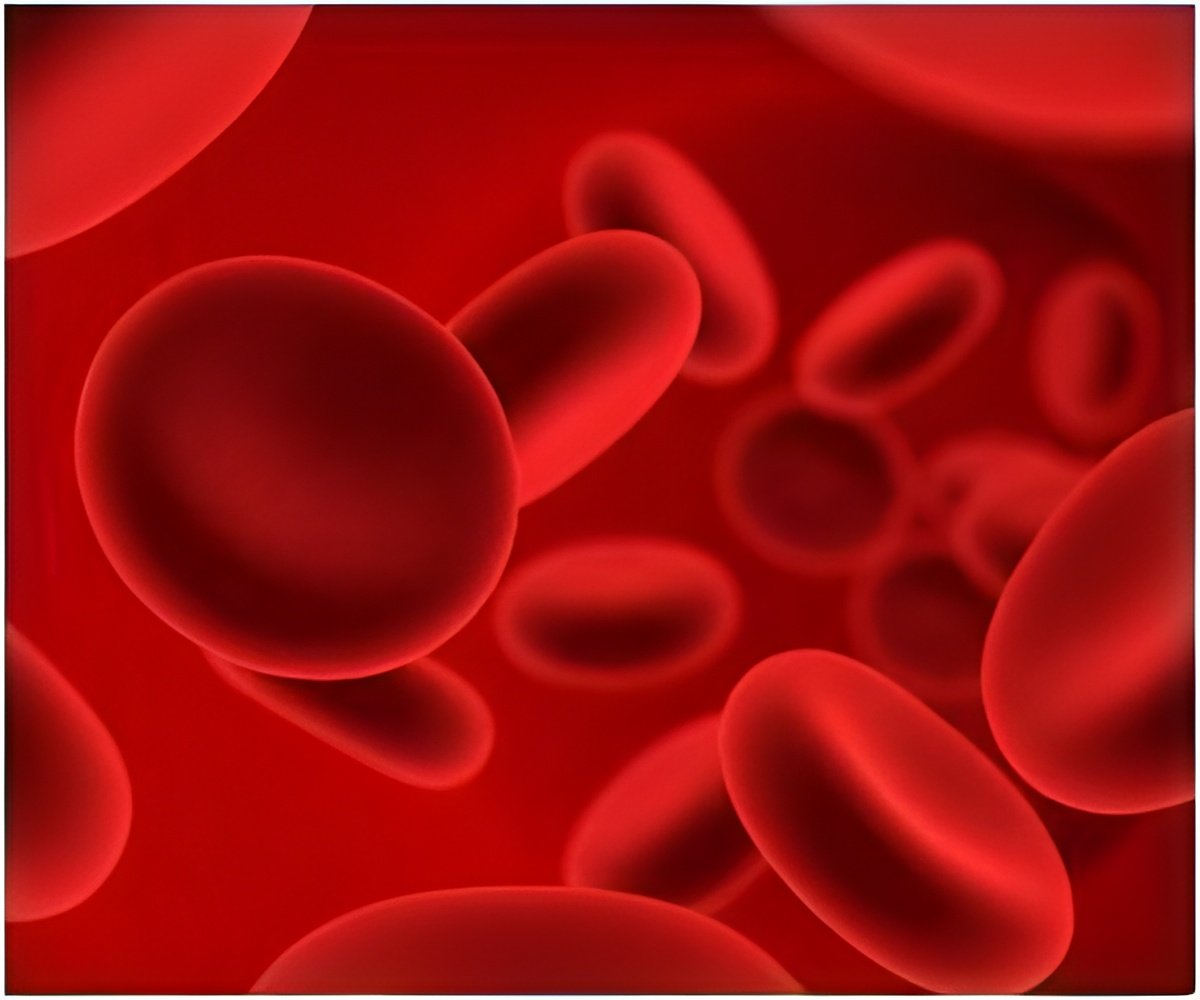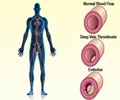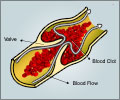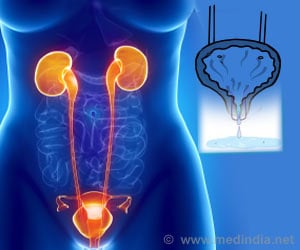Johns Hopkins researchers say that a computerized checklist system dramatically reduced the number of dangerous venous thromboembolisms.

The research team found a nearly two-fold improvement in prophylaxis orders among patients who had no contraindications to receiving the low-dose blood thinners. Blood thinners are often not ordered in patients with bleeding risk, as they can exacerbate bleeding.
While the rate of clots in the lungs, called pulmonary emboli, or PE events, stayed steady throughout study period, the researchers found the rate of DVT (deep vein thrombosis) in legs dropped nearly 90 percent, from 2.26 percent of trauma patients to 0.25 percent of trauma patients in the final year of the study. Though the size of the study was small, Haut and his team say the research shows that getting doctors to order the correct treatment is a key to reducing this major type of preventable harm to patients.
"VTE hits all segments of the population," says Elliott R. Haut, M.D., an associate professor of surgery at the Johns Hopkins University School of Medicine, and leader of the study described in the October issue of Archives of Surgery. "All hospitalized patients are at risk for this complication, and a huge number of these deadly clots are preventable if we give patients the right prophylaxis. We tried education alone for years and still only 40 to 60 percent of patients were getting optimal treatment. With this computerized system, we have made great strides toward making sure every patient gets exactly what he or she needs."
More than 600,000 people get a VTE each year in the United States and one in six die as a result, more than the number who die annually from breast cancer, AIDS or in car crashes. In 2008, the U.S. Surgeon General made a call to action to prevent DVT and PE.
The Agency for Healthcare Research and Quality (AHRQ) has called appropriate prophylaxis the number one patient safety initiative needed to prevent in-hospital death.
Advertisement
Before the checklist was put in place in January, 2008, records show that physicians at The Johns Hopkins Hospital offered the best prophylaxis to two-thirds of trauma patients, the researchers say. During the four-year implementation of the program, they found, 85 percent of the 1,599 trauma patients in the study received appropriate prophylaxis.
Advertisement
Trauma patients are at a particularly high risk of developing DVT or PE, as risk factors for VTE include major surgery and extreme injury, especially to the spinal cord.
Haut says that many hospitals - including Johns Hopkins - have in recent years been giving nearly all of their patients some sort of prophylaxis for dangerous blood clots. But the problem, he says, is that patients don’’t always get as much treatment as they need and, in many cases, evidence-based best practices are not being followed.
Many hospitals say they give nearly all of their patients some type of VTE prophylaxis and that is true Haut says, but they often fail to give all that is necessary to prevent blood clots.
"The computerized tool makes ordering the right thing really easy," says Haut, a trauma surgeon on the core faculty of the Johns Hopkins Armstrong Institute for Patient Safety.
Haut says he understands that not every hospital has electronic health records up and running, but says the expense of adding the VTE checklist to existing electronic systems is minimal now that Hopkins has designed the program.
Other Johns Hopkins researchers involved in the study include Bradyn D. Lau, M.P.H.; Franca S. Kraenzlin, M.H.S.; Deborah B. Hobson, B.S.N.; Peggy S. Kraus, PharmD; Howard T. Carolan, M.P.H., M.B.A.; Adil H. Haider, M.D., M.P.H.; Christine G. Holzmueller, B.L.A.; David T. Efron, M.D.; Peter J. Pronovost, M.D., Ph.D.; and Michael B. Streiff, M.D.
For more information:
http://www.hopkinsmedicine.org/surgery/faculty/Haut
Source-Newswise












